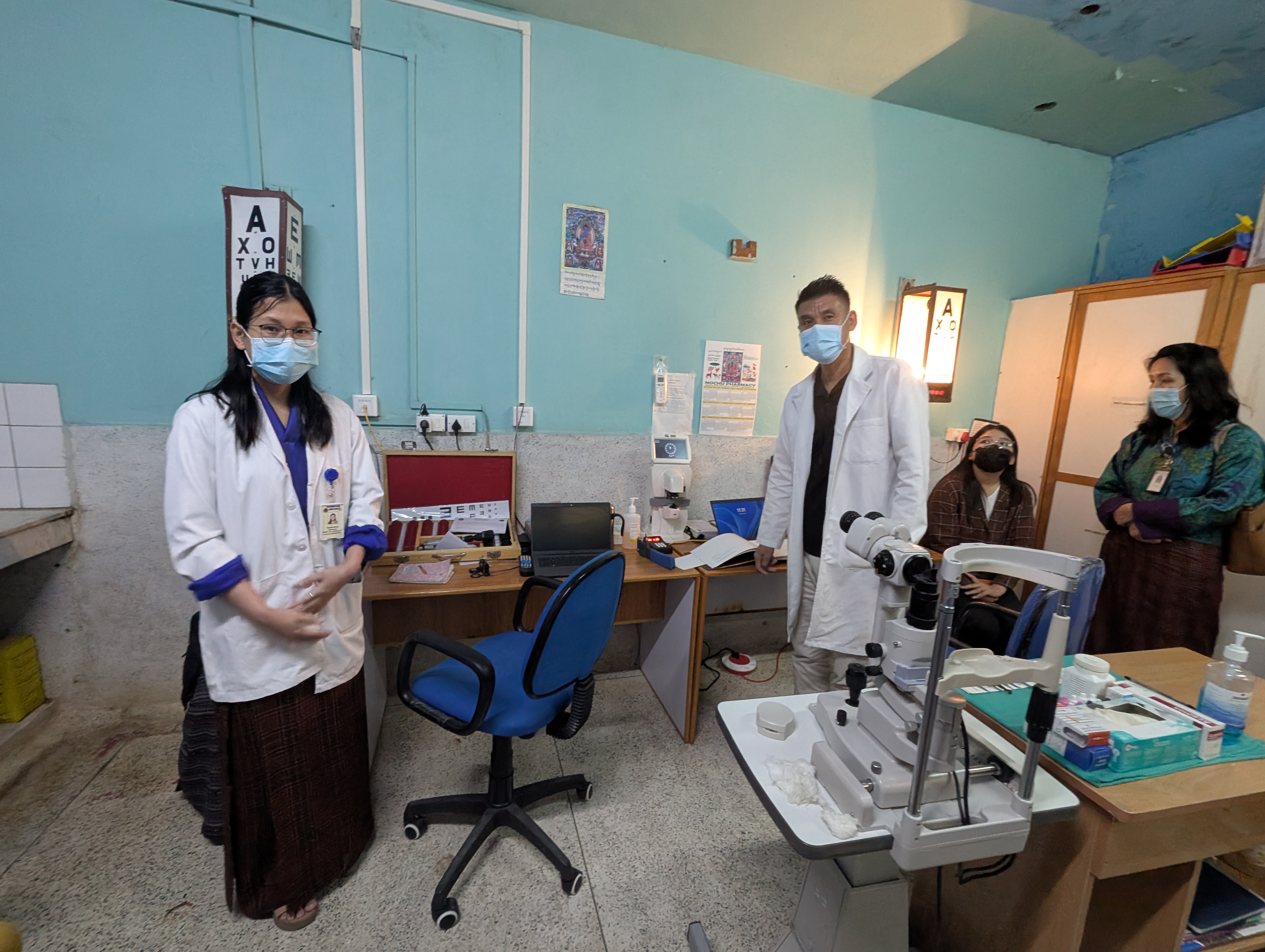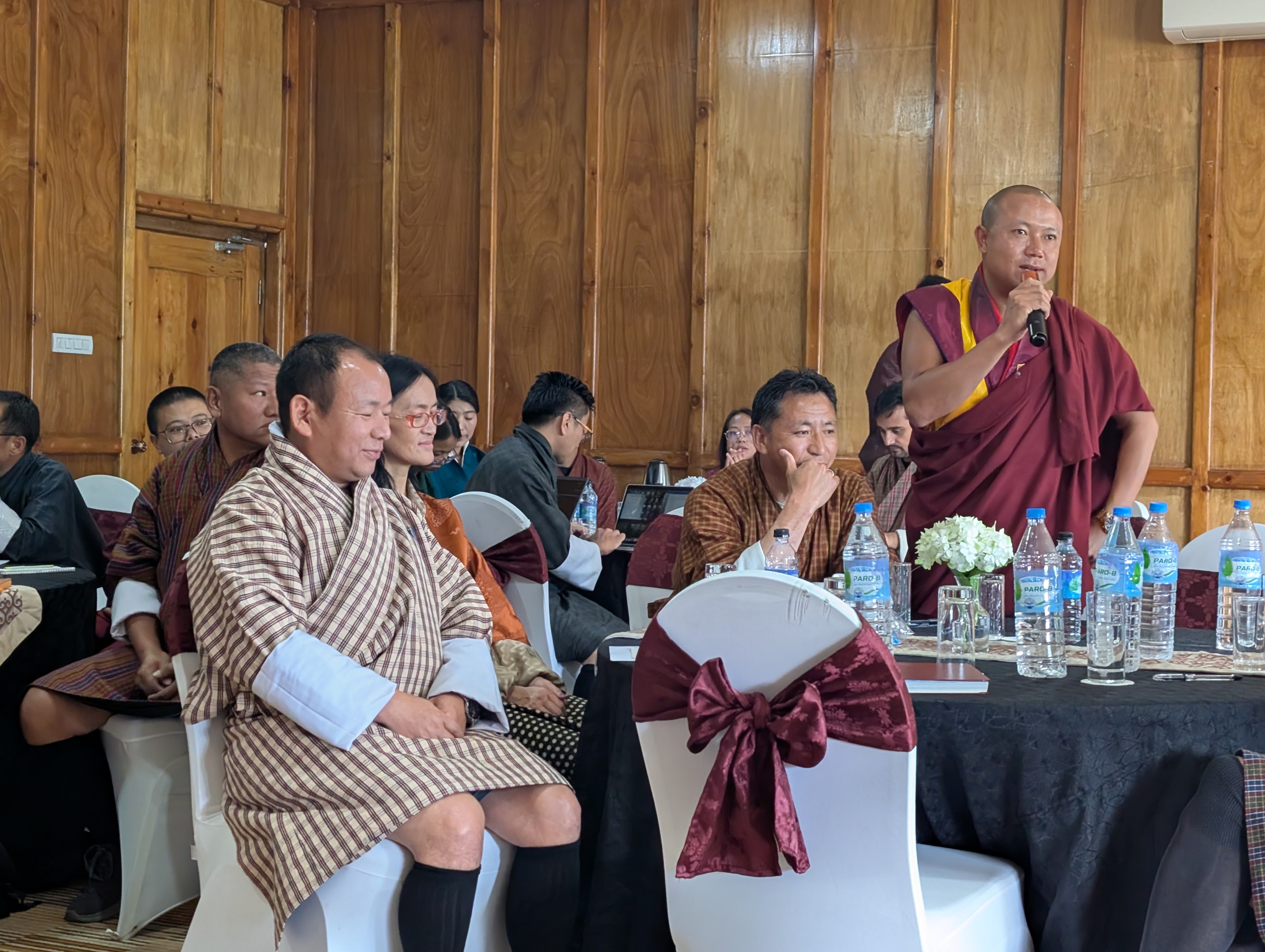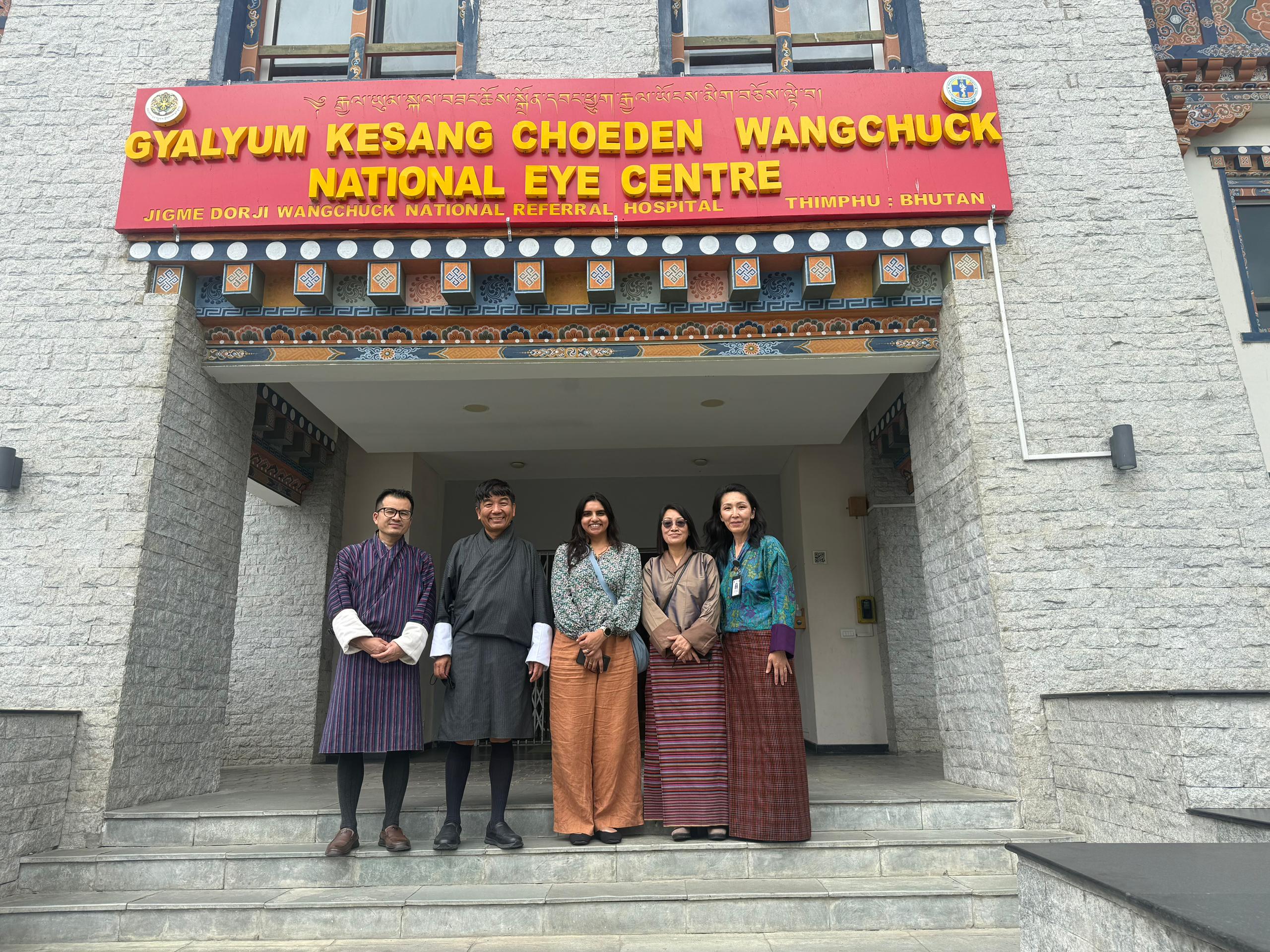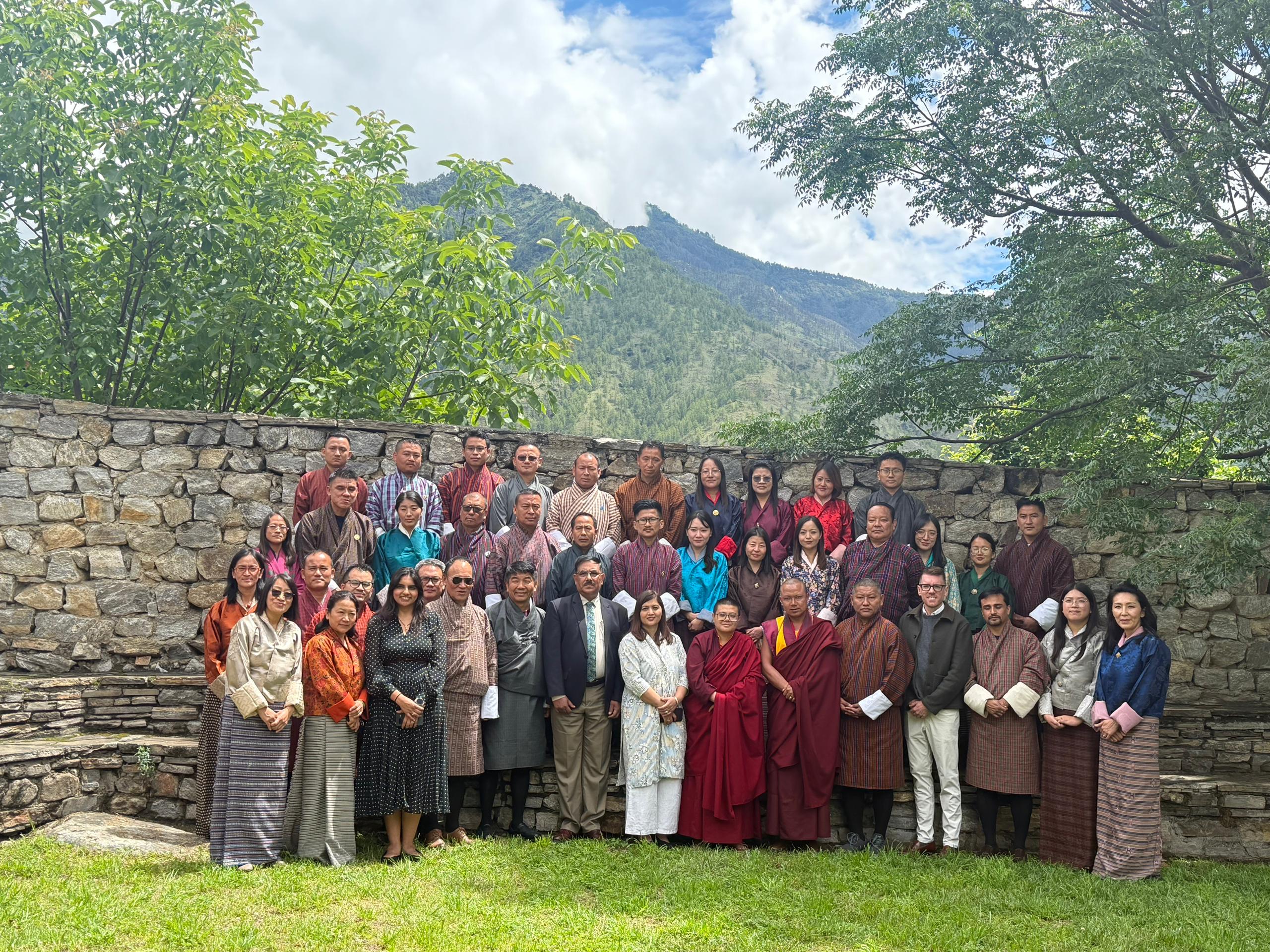Bhutan has initiated a significant plan to enhance eye care for all. This process began with a three-day workshop in Paro from 1 to 3 July 2025. During the event, Bhutan unveiled SPECS 2030. The Ministry of Health is spearheading this initiative with support from the World Health Organization (WHO).

The workshop brought together over 60 individuals from various sectors. These included health workers, representatives from religious group, teachers, persons with disabilities, NGOs such as the International Agency for the Prevention of Blindness (IAPB) and Cure Blindness Project, government officials and WHO representatives. Over the course of three days, the group engaged in intensive discussions and planning. They aimed to identify the nation’s priorities, develop a shared vision, and establish goals to enhance Bhutan’s eye health system.

“We want to make sure everyone in Bhutan can see well, get help on time, and live with dignity,” said Dr Dechen Wangmo, who leads the Eye Department at Jigme Dorji Wangchuck National Referral Hospital. “This marks the beginning of creating a complete and inclusive strategy to improve eye health for the country.”

The strategy will build on the results from the WHO Eye care situation analysis tool (ECSAT), which participants updated and reviewed during the meeting. This tool enables countries to assess their eye health systems and identify strengths and weaknesses in areas such as leadership, funding, workforce, data collection, service provision, and infrastructure.

“Bhutan is setting an example that others can follow,” said Mitasha Yu, WHO HQ Consultant for Vision and Eye Care. “This evidence-based and community-driven process demonstrates how countries can reshape eye care systems to become more equitable and more inclusive.”
“Integrated people-centred eye care is not just a policy goal—it is a public health imperative,” added Tashi Tobgay, WHO Regional Adviser for Disability, Injury Prevention and Rehabilitation. “Bhutan’s commitment to working across sectors to design solutions for the next generation sets a powerful example for other countries in the South-East Asia Region.”

At the opening session, a community member shared a heartfelt personal story about regaining eyesight after prompt cataract surgery. This firsthand account emphasized the tangible impact that quality eye care can have.
“Hearing how restored vision transforms someone’s life reminds us why this work is so important,” said Sonam Peldon, National Focal Point for Eye Health. “We aim to turn our shared vision into meaningful action.”

The workshop achieved several essential outcomes:
A refreshed analysis of the country’s eye health status
Identification of main focus areas to address
A draft vision, mission, and strategic goals to guide the Bhutan Eye Health Strategy 2030
Plans that outline primary objectives, activities, and a way to monitor progress.
These outcomes will support the development of Bhutan’s national eye health strategy, which is expected to be completed later this year. This represents significant progress in Bhutan's efforts to achieve universal health coverage aligned with the WHO World Report on Vision and global efforts to promote integrated and people-centred eye care.

“This goes beyond being a health project; it’s a movement to include everyone, educate communities, and drive social change,” said Pema Lethro, the National Professional Officer for Noncommunicable diseases, WASH and Environment Health Programmes at the WHO Bhutan country office, who moderated the workshop. “By 2030, we picture a Bhutan where preventable vision loss no longer excludes anyone.”
Photo: WHO/ Mitasha Yu
